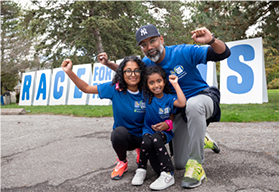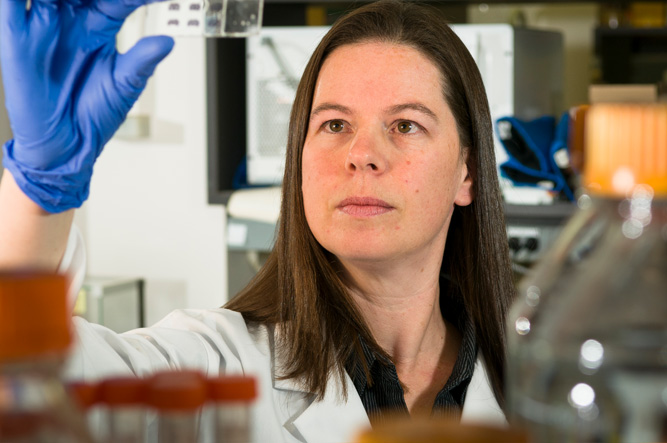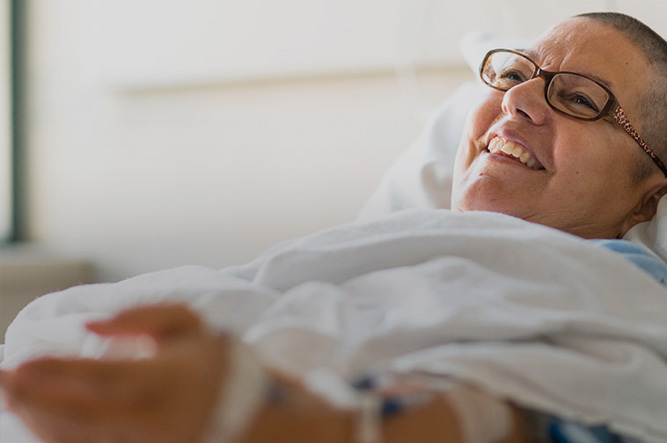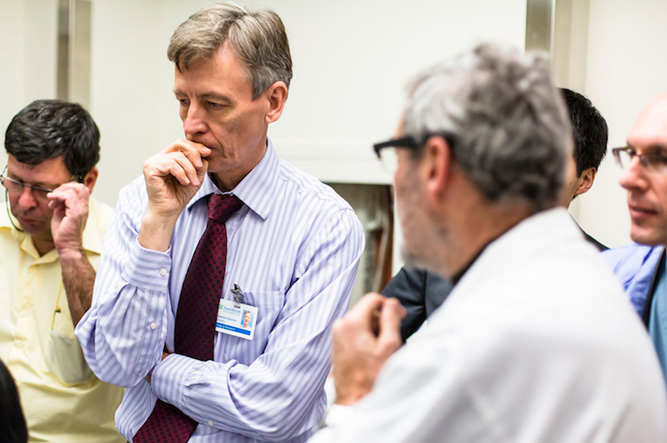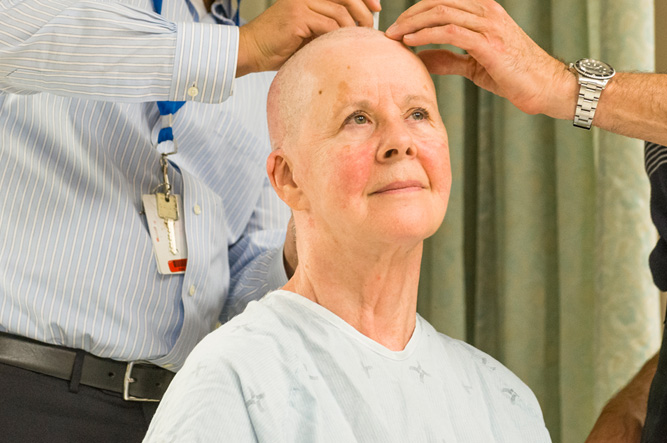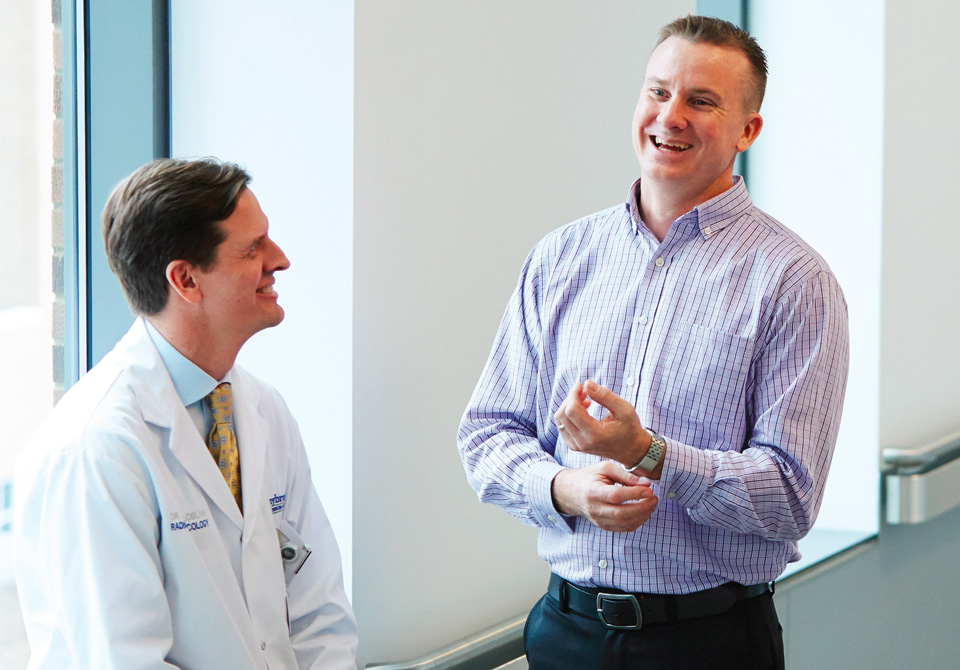Relative strength
Duane Smith and his parents Ed and Barbara are either lucky or unlucky, depending on one's perspective. They believe the former.
All three have been successfully treated for cancer at Sunnybrook – Duane and Ed for prostate cancer, and Barbara for breast cancer.
"The care has been brilliant," says Duane, 46, who received radiation and hormone therapy in 2011 under the direction of radiation oncologist Dr. Andrew Loblaw. It was Duane's second bout with prostate cancer. His prostate gland was surgically removed at another hospital in 2009.
Barbara, 73, and Ed, 77, are also impressed by the treatment they received through the Odette Cancer Program. "I knew I was going to get excellent care. I felt safe, in lots of ways," says Barbara, who also had to contend with a recurrent cancer.
Fortunately for Duane, a husband and father of two, his cancer remained confined to his prostate region. Dr. Loblaw treated it with 37 radiation sessions over eight weeks, followed by six months of hormone therapy to temporarily eliminate Duane's production of testosterone, a hormone essential to the growth of prostate cancer cells.
Treatment was difficult, but Duane was ultimately able to return to his active lifestyle, including competitive hockey, triathlon training, golfing and coaching his kids' hockey teams.
The Smiths, however, weren't out of the woods. Ed was diagnosed with prostate cancer in 2014, prompting Duane to contact Dr. Loblaw to see if he would review his dad's file.
Rather than receive standard radiation therapy in Kingston (closer to their Trenton home), Ed chose to come to Sunnybrook to be treated by Dr. Loblaw with a novel radiation therapy called stereotactic body radiotherapy. Thanks to the therapy's power and precision, Ed required only five sessions. "I would recommend it to anybody. I had no side-effects," Ed says.
Just when the family thought it was done with cancer, Barbara learned in the fall of 2014 that her breast cancer had returned, 11 years after under-going a lumpectomy and radiation for a small tumour in her left breast.
Dr. Loblaw again played an important role in the family's care, connecting Barbara to experts within Sunnybrook's Louise Temerty Breast Cancer Centre. They were able to conserve her breast by performing a lumpectomy and using radiation therapy. Barbara is also undergoing genetic testing at Sunnybrook that may provide some clues as to the prevalence of cancer in her family.
Through the delivery of advanced, personalized care, Sunnybrook saved a family and made their journey a little easier. For their part, the Smiths are enjoying life and feeling that, just maybe, luck is on their side.





